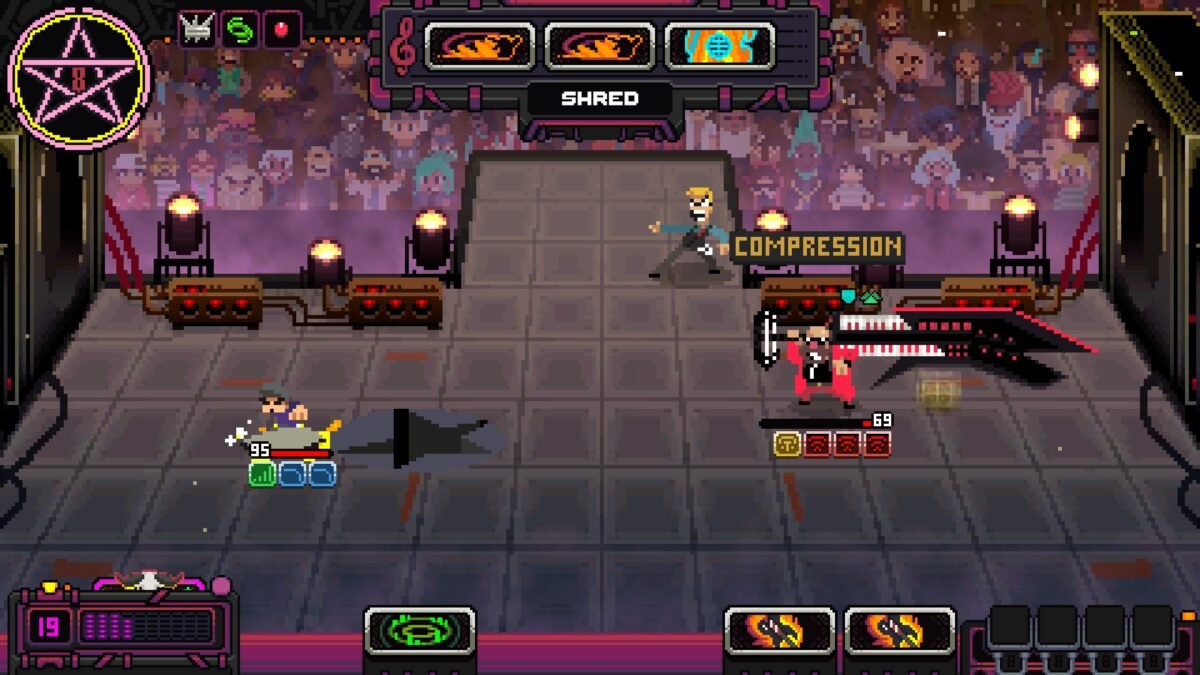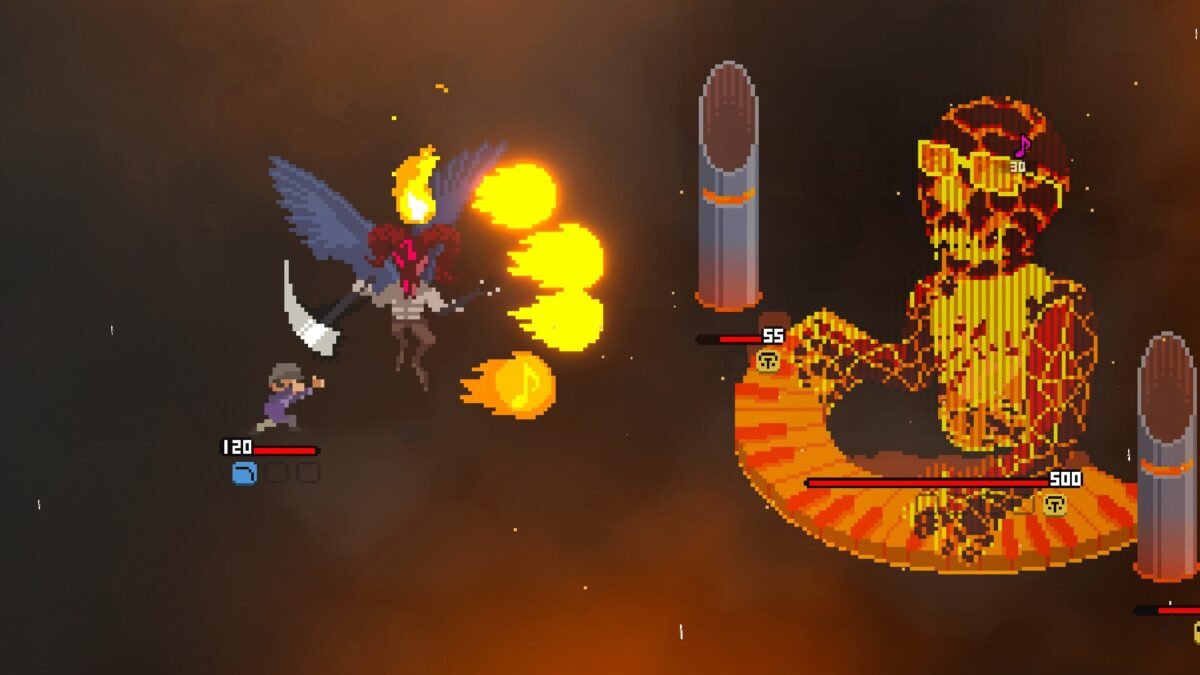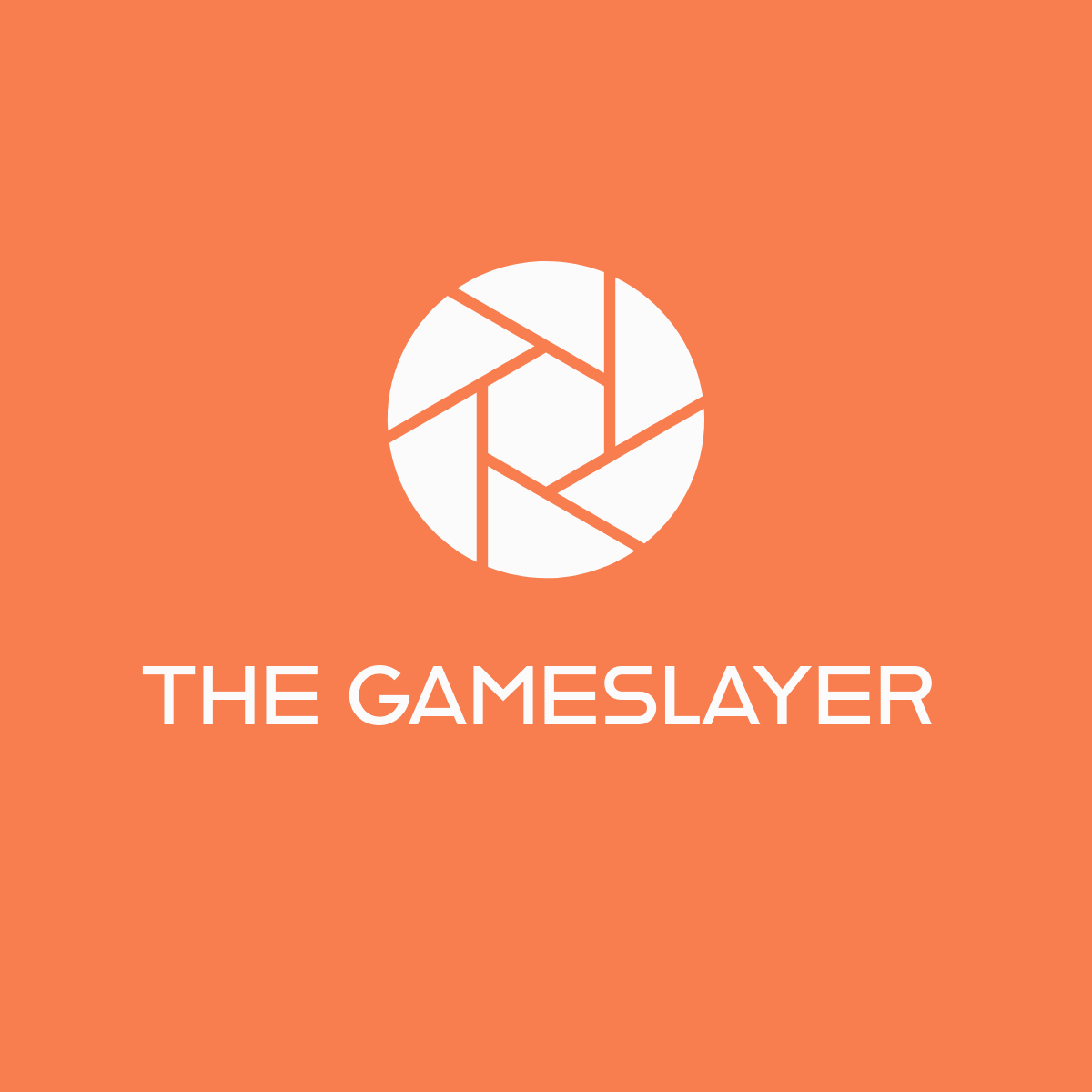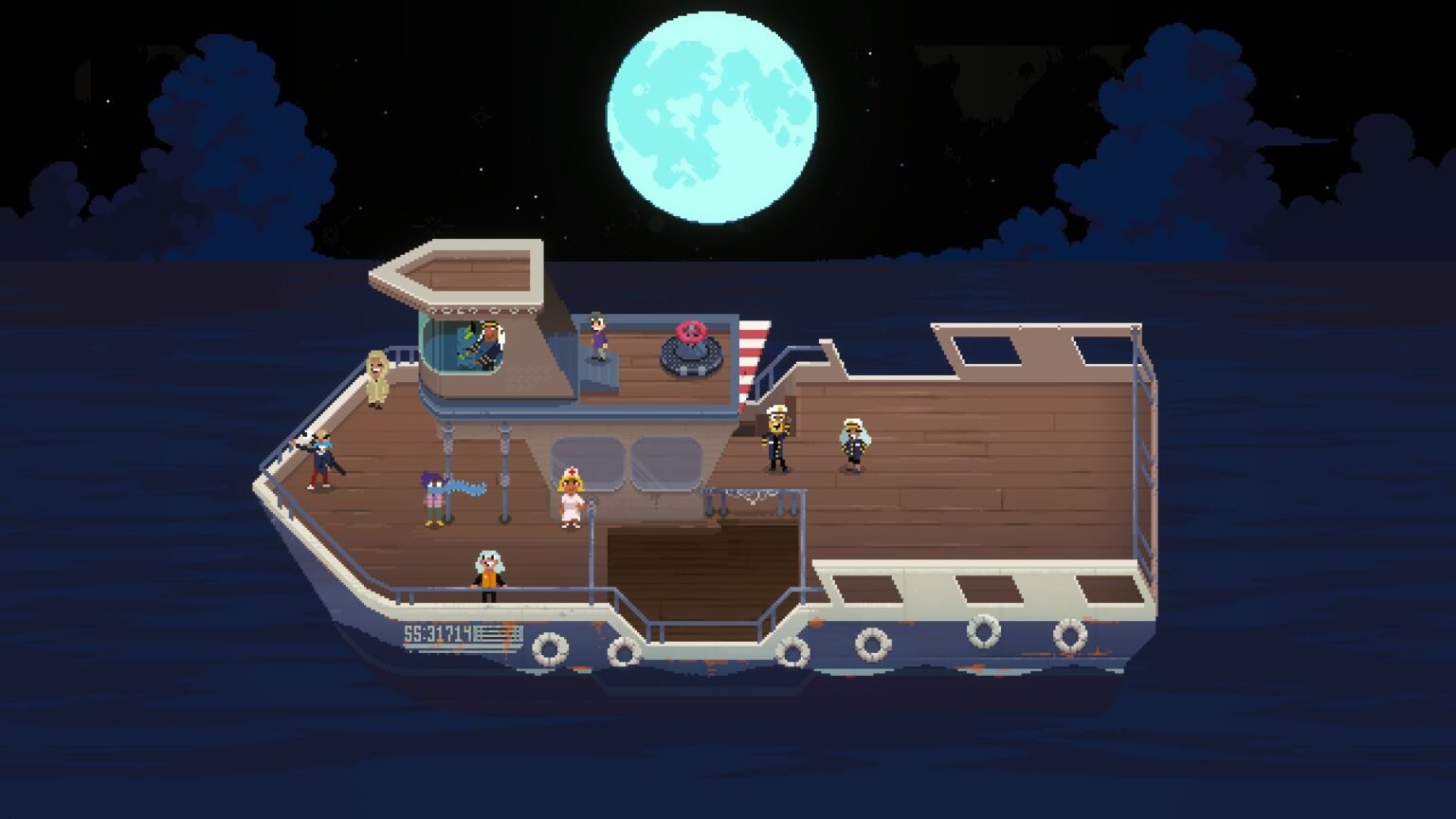Recently, we contacted Ritual Studios, the makers of Fretless: The Wrath of Riffson, for an exclusive interview. It’s a brand new studio and their first game did leave a mark on so many people, as it sits at Overwhelming Positive on Steam. We had a blast playing Fretless from start to finish. Here is our interview with Jeff Linville, the head of Ritual Studio, about Fretless: The Wrath of Riffson.
TGS: Currently, Fretless sits at an overwhelmingly positive reception on Steam. It must feel nice, the hard work being paid off, as people from all corners of the internet are connecting with the game.
Ritual Studios: Seeing the Steam reception as overwhelmingly positive definitely feels amazing. People generally seemed to like the demo we made at Next Fest, but we weren’t sure how the full game would be received by players. To see people enjoying the game so much, leaving comments, and sharing screenshots really feels great for us as developers.
TGS: As an upcoming indie studio, making your first game, a rhythm-action-turn-based action game, how did your team come up with the idea of Fretless, and when did the team learn that they had something special in their hands?
Ritual Studios: In 2017, when I was in college, I thought it would be a fun school project to make a really small game for Rob Scallon’s channel, just as a joke. Something like a simple flash game related to one of his videos at the time. Being a musician and an RPG lover, it sort of over time just grew, and we started adding more friends to the project. When we started creating ideas for enemies and weapons that were music-based it kind of snowballed from there. When we got some early prototypes going, we just couldn’t stop thinking of music puns and fun musical ideas and we knew we had to keep making it.

TGS: Can you share with us the names of video game titles that served as heavy and minor inspiration for the making of this game?
Ritual Studios: Our biggest inspirations for the game were Slay the Spire and Paper Mario: The Thousand Year-Door. We wanted to bring in the deck-building elements from Slay the Spire and the active turn-based elements and lightheartedness of the Paper Mario series.
TGS: As a new indie studio, can you let us know about some of the struggles your team had to face and overcome in making the game? And what would be your advice to future indie studios facing the same array of problems as you did in your time making the game?
Ritual Studios: Quitting our jobs to try and pitch the game was one of the biggest struggles of the project, hands down. We started making our pitch deck and getting a demo together, but it just took too much time to do that and have a full-time job, so we decided to take the leap and bet it all on the game. We were very very close to failure, and that part of it was extremely taxing on everyone’s personal lives. Also, when we began pitching to publishers, development of the actual game basically stopped. So if you are an indie dev looking to pitch, just know that it can quickly take over all of your development time.
TGS: What are some of the things that surprised you in the making of this video game?
Ritual Studios: To me, it was surprising how well the music system ended up working. Early on, we had to make a decision to make all the combat music and skills at the same tempo (143) and in the same key (B), and we thought it would really limit the diversity in musical styles and sounds we could do. It ended up working really well, and actually having that limitation made it easier to create music and skills for combat because when I had to start a new combat track, I just knew what I had to make right away. It left out a lot of guesswork.

TGS: Fretless had a lot of interesting game mechanics, from rewarding extra damage for executing time-based attacks to solving unique puzzles in each chapter to earn instrument upgrades. I really wanted to know what some of the interesting game mechanics systems were that didn’t make it in the main game.
Ritual Studios: Earlier on, we had very different versions of combat and how successful QTE inputs would function. Our initial vision was to have each QTE hit change what the skill actually did, but it wasn’t very fun, and you needed to remember a lot of things to make good combat decisions. So we instead moved the complexity into the Riff design, weapon passives, and mod effects themselves, which makes for an overall better experience.
TGS: Pixelated visuals bring back a lot of fond memories of the past for many players who have played such games on NES, and even some of the recent indie titles carry the same visual aesthetic. Would you tell us how the pixelated visual graphics influence your creativity in the creation of Fretless?
Ritual Studios: For us, the pixel style of the game really let us go wild with animations. Connor our artist is such a skilled animator, and having the pixel style we have allowed him to be very expressive with animations even with the simple art style. We were heavily inspired by games like Hyper Light Drifter which have no pixel outline, we felt that allowed us to make the world more detailed.
TGS: The second I saw the Prince poster holding pancakes, I really wanted to know the music inspiration behind so many of the memorable soundtracks of the game. The soundtrack that plays in the starting area made me hum the tune all the way to the end.
Ritual Studios: A lot of the music in the game is re-imagined versions of Rob Scallon’s music, which I made into the lofi/chiptune style. I also wanted to bring in real instruments into the music as well, like the acoustic guitar in the Start Screen theme “The Journey”. The ambient music you hear walking around the world was very inspired by Aphex Twin and Disasterpeace, and the metal music was very inspired by bands like End, Jesus Piece, and Knocked Loose.

TGS: The appearance of many boss fights was also another highlight of the game; they all looked as if they got pulled out of a Heavy Metal album cover. Would you let us know the inspiration behind some of the designs of the bosses, especially the final boss?
Ritual Studios: Many of the bosses were created starting with the phrase either “this would be cool” or “this would be funny”. So a more simple boss like the Assassin, she is just a person, but we felt we needed to up the stakes for her boss fight, so we added a helicopter that throws her buffs which made it way cooler! I’m not exactly sure of the inspiration for the final bosses design, but we knew we wanted it to be bigger and badder than anything else in the game. The floating platform falling was step one in that, and then step two was making the giant cable head of Rick Riffson.
TGS: Now with the success of Fretless, care to tell us what awaits in the future for the studio and the game? Will there be a sequel or another original project that tells a different story?
Ritual Studios: For now, we plan to support Fretless and keep rolling out patches for it! Other than that, there are no plans for us at the moment that I can speak on.


